Netflix has won the streaming wars. By a country mile.
In its quarterly figures published last week, it revealed that it had 282.7 million paying subscribers worldwide at the end of September.
Its next nearest competition would be Disney Plus - which had 153.6 million subscribers globally by the end of June.
That's a near 130 million difference between the two numbers.
In fairness, that figure would not include Hulu subscribers - which is owned by Disney but still a separate service in the US. That has 50 million subscribers.
As for Amazon, the numbers are a little less clear. They’ve always been relatively vague - and the number gets bundled into their broader 'Prime’ service - so it’s harder to know how many are there as viewers alone.
Amazon's CEO recently said that there were 200 million viewers of Prime Video each month - but of course viewers doesn’t necessarily mean the same thing as subscribers.
But, even taking those as subscribers, Netflix is clearly still the biggest video streaming platform.
So why are the streaming wars coming to an end?
We need your consent to load this rte-player contentWe use rte-player to manage extra content that can set cookies on your device and collect data about your activity. Please review their details and accept them to load the content.Manage Preferences
Well to answer that you really have to go back to their beginnings - which is maybe six or seven years ago.
Netflix had become hugely popular at that stage - between late 2015 and late 2018, its subscriber base doubled to 139 million.
And TV and film studios looked at this company booming - all while cinema attendances were falling, and TV viewership figures were dropping - and they realised that streaming was the future of the industry.
But rather than building their relationship with Netflix, they decided that they'd build their own streaming platforms that would take the market out from under Netflix.
In fairness to them, they had some reason to be confident they could do that - after all, Netflix had become popular largely on the back of their films and TV shows.
So, in the years that followed you had a swathe of new streaming services.
NBC launched Peacock, there was Paramount Plus, HBO Max, Disney Plus – not to mention the offerings from tech companies like Amazon and Apple.
They were largely populated with old content - the stuff studios had sold on the cheap to Netflix, but were now taking back.
Meanwhile the various studios announced plans to invest billions of dollars in new content that would be made specifically for their streaming platforms.
But there were a couple of flaws in that plan - not least the fact that many of these weren’t tech companies who couldn’t build user-friendly apps.
And even though they were mostly film and TV experts, they were still taking Netflix on on its own turf, where it had a huge head start.
But, most importantly, it also had essentially an unlimited supply of money at its disposal to try to stave those companies off.
How is that?
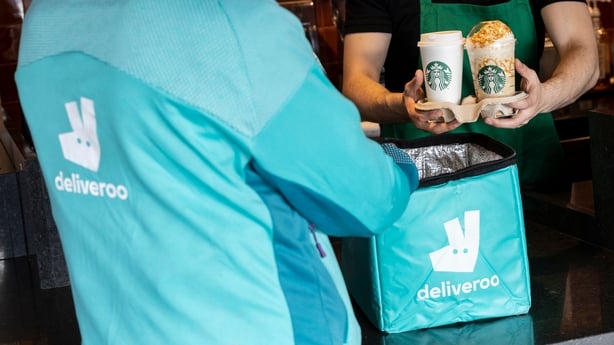
Netflix is part of a generation of tech ‘disrupters’ that came along in the early 21st Century that essentially sought to up-end the way things were done in an old industry.
So think of Spotify in music, Uber in the taxi business, Deliveroo in takeaways.
And while these types of firms did offer compelling products for users – underneath the hood the business model was based on borrowing big (and raising big investments) and operating at a heavy loss until they built up a big customer base.
This was at a time when interest rates were at or near zero, so the money was cheap to borrow.
And the hope was that, eventually, the company would grow to be in a dominant position and would then be able to earn all of that money back, and then some.
So Netflix’s response to studios starting to pull their films and shows from the platform was to borrow billions of dollars to start making its own content.
And it’s made an absolute mountain of content in recent years.
In 2021 it released nearly 600 ‘originals’ – that would be TV series, films, documentaries or stand-up specials.
By 2022, it released more than 800 ‘originals’.
That’s more than 16 new releases a week – way more than any film studio or TV station would ever have.
That allowed it to have a constant stream of fresh content to promote – which broughtnew users in, and convinced existing ones to stay.
And that was the expectation that Netflix set for the market – and the others had to try to keep up.
Why couldn’t they?
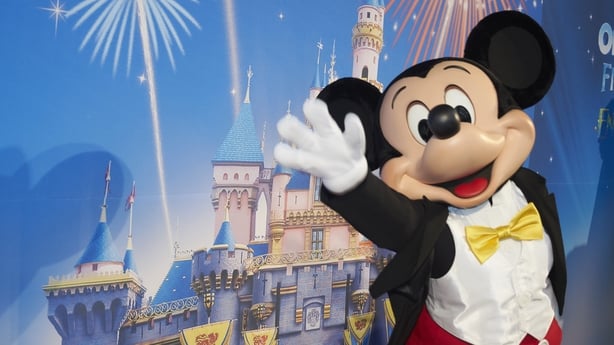
They did try – but generally these were legacy studios that had lots of pre-existing baggage that they had to try to juggle.
That made it harder for them to raise the kind of funding they needed to keep up with Netflix.
But even those that did have the financial might had other challenges.
Disney, which was best positioned to compete with Netflix, still makes a lot of money at the cinema, on TV and even through home entertainment like DVDs and video on demand.
So when it has a big release, it obviously wants to put it in theatres first, then have it on video on demand, and then bring it to streaming.
That means that the streaming platform is always going to play second fiddle to cinema and TV – especially when it’s a big product that lots of people want to see.
Netflix will do a cinema release in certain circumstances – but it generally puts its content straight onto its streaming service no matter how big or small it is.
But it’s been hard even for Apple and Amazon – which doesn't have legacy baggage and can afford to run their subscription services at a heavy loss for decades without even noticing.
While both are still committed to their respective streaming services, and still planning a slate of new releases, they too seem to have given up on catching Netflix.
Both are now scaling back their spending plans – with Amazon recently making hefty staffing cuts at its video division.
So it is the streaming war winner – but is Netflix actually any good?
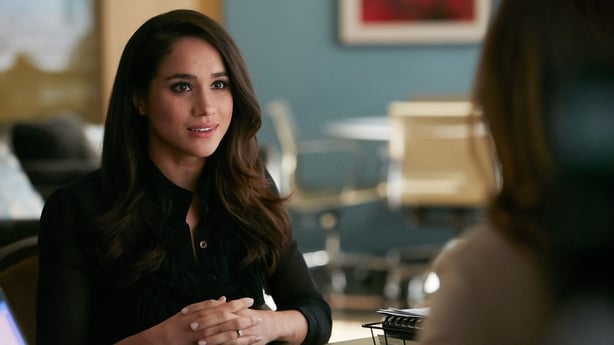
The reality is a lot of what it’s releasing isn’t very good and doesn’t become very popular.
How many of those 800 releases last year can the average person remember, and how many did they actually enjoy?
For all of the money they spend on their own content, two of the most popular shows in the past year were Suits (a more-than 10-year-old show that first aired on US TV) and Cocomelon (which started life as a YouTube channel).
Meanwhile shows like The US Office, Seinfeld and Friends – all old shows made by NBC – are regularly towards the top of its most watched lists.
But with even the good stuff that Netflix is making, it’s becoming increasingly difficult for them to become popular – because there’s huge competition for a relatively small amount of in-app space.
Netflix will of course promote some of its programming– or by giving it pride of place in the app. It will also claim that its sophisticated algorithm will present the right show to the right viewer.
But really that means that an awful lot of its content is buried deep in some list, and unless you know what to look for, you’re not going to find it.
Which must make it harder for Netflix to know what audiences want…
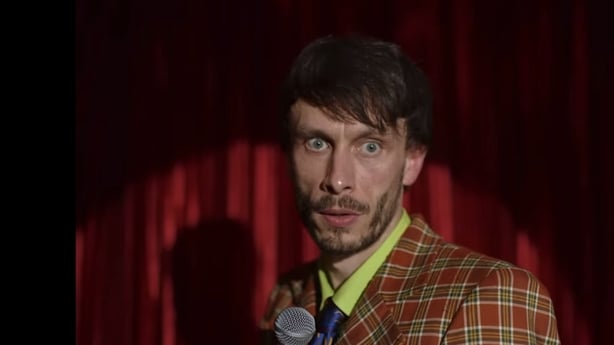
Yes – Netflix once claimed that the data it held allowed it to concoct the perfect show for different segments of its audience. But the reality is that it rolls the dice just as much as old-fashioned studios when it comes to making content.
For example it had high hopes for Bright – a sci-fi / fantasy film starring a (pre-slap) Will Smith, which was supposed to usher in a whole universe of sequels and spin-offs… but it flopped.
Meanwhile Baby Reindeer, which was a relatively cheap and obscure little British drama, became one of its biggest ever series.
And their scatter-gun content strategy seems to be creating a bit of a negative feedback loop, too.
When they release a series, for example, they judge its success by how many people watch it – and how many hours of view time they put in. And based on that they’re very quick to make a decision about whether they’re going to commission a follow on series, or cancel it.
And it’s now at the point where many people are reluctant to invest time in a new Netflix series, because there’s a good chance it will be cancelled before there’s a resolution to the story.
But the fact that people are reluctant to start it, ends up as the reason why it gets cancelled before its time.
Compare that to the old American studios which – for all their problems – often (though not always) gave shows a time to find their audience.
The US Office and Seinfeld both got lukewarm audience receptions in their initial series but are now seen as classics. The Wire did not become truly beloved until it had finished its five season run.
And bear in mind that Netflix has spent billions to build up this library of often under-seen or unfinished content.
As of the end of September it had $16 billion in debt – most of which was used to pay for films and shows and documentaries.
It does also have billions of cash on hand – so net debt is about $6.8 billion – and it is currently profitable, so it’s in a position to chip away at that.
Regardless, that’s still a huge sum of money that it has to work through.
And while it has also reigned in spending somewhat, it will need to feed the beast, and keep investing heavily in new content, in order to keep customers on-board.
That hunt for more money is also why it has cracked down on password sharing, or introduced an advert-supported model in some countries, and now even signalled fresh price increases too.
Not in Ireland as of yet – but they last raised prices here two years ago, so it’s only a matter of time before they do it again.
What about the competition?
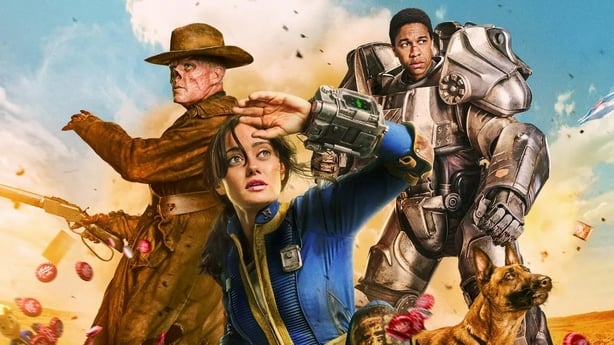
The likes of Disney, Amazon and Apple are not going anywhere - but they are also moving past the stage where they’re willing to sink billions into streaming.
That means that their spending plans are being curtailed, while they too will be looking to boost revenue through the likes of password sharing bans and ultimately higher monthly fees.
What they may also do, however, is start to look to raise revenue through content licencing - meaning some Disney-owned content may find its way back to the likes of Netflix once again.
Meanwhile the smaller players are also reportedly looking at a change in approach to stay relevant - with potential tie-ups on the cards.
That would see multiple existing streaming platforms merge into one - giving them a deeper well of content in which to attract customers.
Usually this kind of reduction in competition would be bad for consumers.
But in a market where a viewer needs to spend a significant sum of money on countless services in order to see everything they want, this may be the one case where it’s a good thing.







